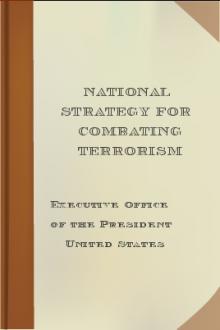National Strategy for Combating Terrorism
National Strategy for Combating Terrorism
February 2003
Book Excerpt
groups. In this environment, terrorists work together in funding, sharing intelligence, training, logistics, planning, and executing attacks. Terrorist groups with objectives in one country or region can draw strength and support from groups in other countries or regions. For example, in 2001, three members of the Irish Republican Army were arrested in Colombia, suspected of training the FARC in how to conduct an urban bombing campaign. The connections between al-Qaida and terrorist groups throughout Southeast Asia further highlight this reality. The terrorist threat today is both resilient and diffuse because of this mutually reinforcing, dynamic network structure.
Figure 2 is representative of how terrorists and terrorist organizations operate on three levels. At the first level are those terrorist organizations that operate primarily within a single country. Their reach is limited, but in this global environment their actions can have international consequences. Such state-level groups may
Editor's choice
(view all)Popular books in Government Publication, Post-1930, Non-fiction
Readers reviews
0.0
LoginSign up
Be the first to review this book

 Free Download
Free Download























-itok=vcKIB5v1.jpg)
